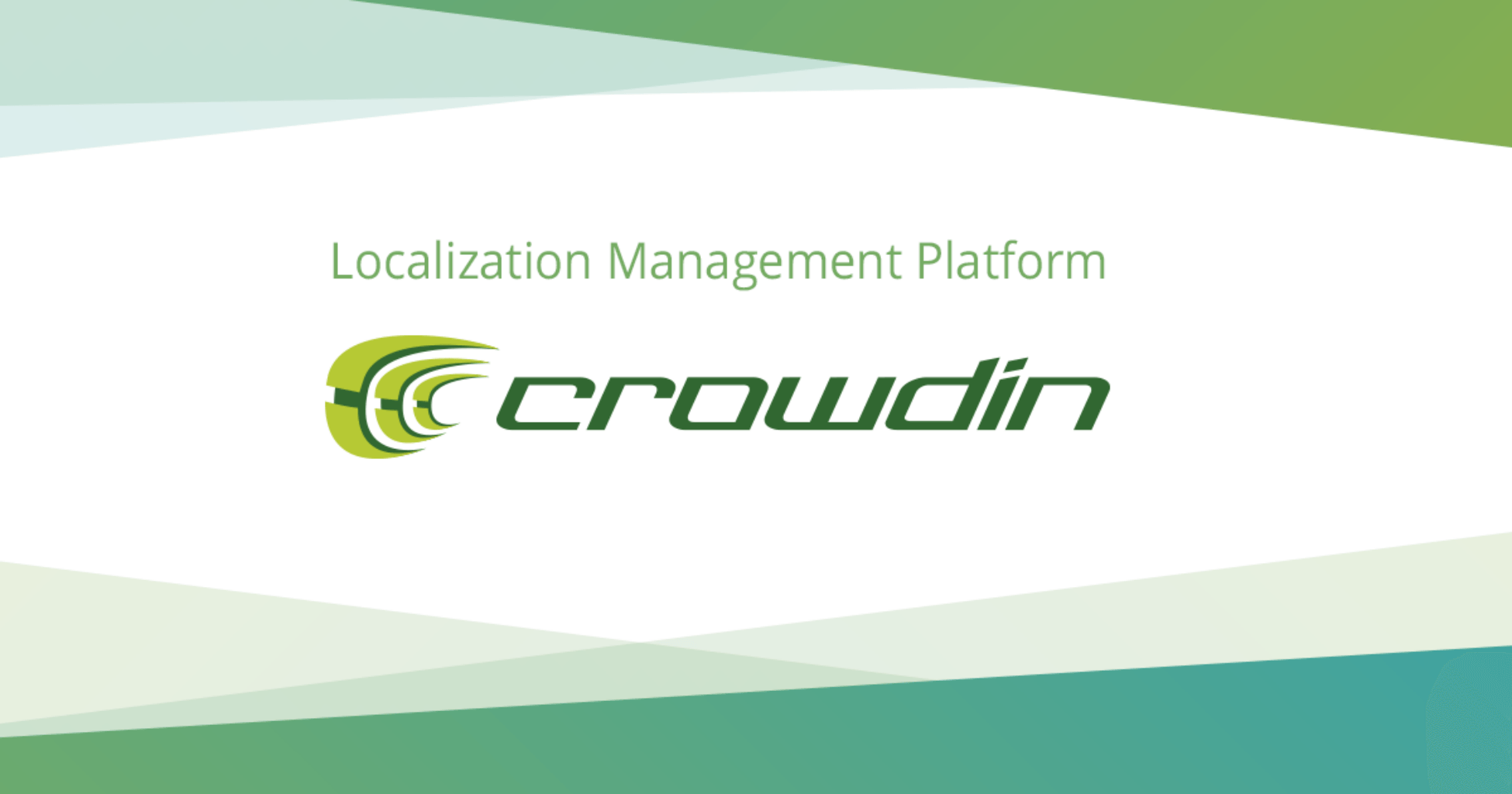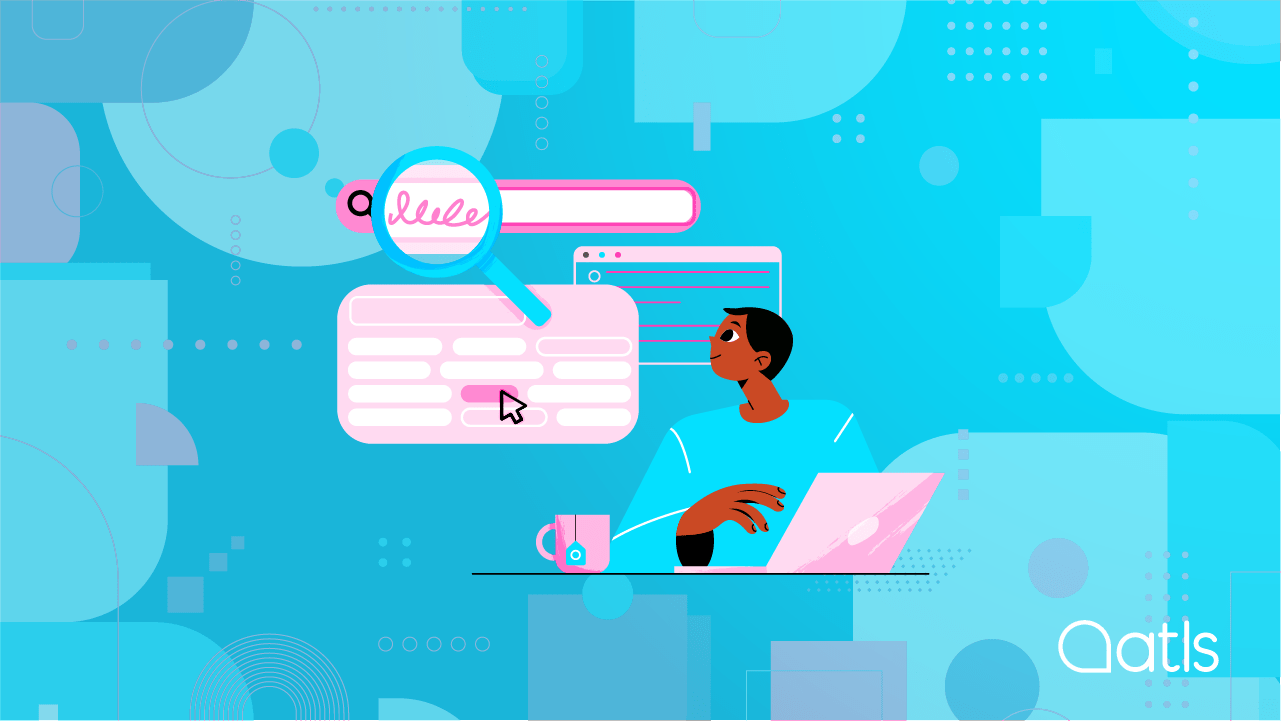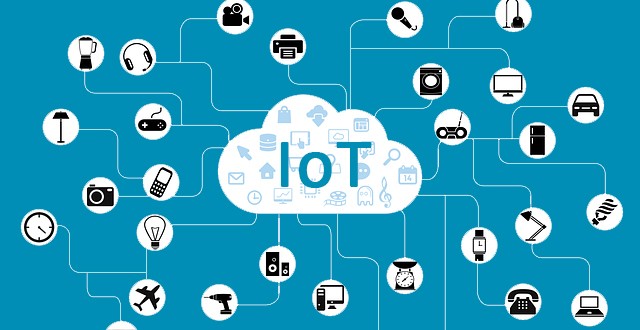How transliteration can help when your brand expands internationally

When Western companies decide to expand into markets as diverse as China, Russia, Japan, or India, they soon realise they need to adapt their products and all their communications to potential customers with mother tongue languages that don't use Latin characters in their writing systems. This situation puts businesses up against a barrier to entry that could end in consumers failing to accept their brand. Opting for transliteration means the brand can be adapted to the new market's alphabet, thereby improving new customers' perception of the brand.
Contents
What is transliteration?
Although it's easily confused with translation, they're in fact two very different processes. Transliteration is used when text needs to be presented in a language with a different writing system, for example, Chinese Hanzi characters or the Russian Cyrillic alphabet. We need to remember that transliteration isn't actually translating the words into the new target language; rather, it means adapting the source text into the new target format, with more of a focus on pronunciation than meaning.
What does the transliteration of a brand involve?
Transliteration is a key part of a brand's localisation strategy, as it seeks to preserve the sound of the word in the new language, as well as attempting to capture the spirit and values of the brand. It therefore means moving away from a literal translation and combining phonetic similarity of the brand name in the source language with a strong concept for the new audience.
So a good transliteration isn't just about avoiding errors in the new target language: you could say it's an attempt to bridge the cultural gap a brand might find in its new market.
Some examples of brand transliteration
More and more businesses are making a firm bid for the Chinese market. But if Western brands want to be trusted and liked by their consumers they need to make a serious effort. Culture gaps, the changing tastes of audiences, and improved local brands are forcing foreign brands to adapt to new strategies to be successful in the world's second largest economy.
This is why there are so many examples of major Western brands who've worked on a transliteration strategy, opting for different but equally valid options to compete in the Asian giant.
For example, Coca-Cola has transliterated its brand as 可口可乐 [kěkǒukělè], which means "delicious and happiness" in Chinese, so they've managed to find a name that sounds like the original brand name while evoking positive sensations among potential consumers. Another example of a brand that's managed to combine phonetics with brand values is Reebok, which went with 锐步 [ruìbù] which means "fast steps".
There are also examples of brands that have chosen a phonetic translation, preserving the sound of the brand name more than the meaning. An example of this is Cadillac, which is called 凯迪拉克 [kǎidílākè] in Chinese.
Another type of transliteration strategy is a semantic translation, which moves away from the original sound and preserves the meaning of the original brand name. This is what Apple have done, going for 苹果 [píngguǒ] which also means ‘apple’; or Microsoft, known as 微软 [wēiruǎn], also meaning ‘micro soft’.
And lastly there are companies who've decided to go for an unconnected translation, without any phonetic or semantic connection. This is what Citibank have done with 花旗银行 [huāqí yínháng] meaning something along the lines of ‘bank of the colourful flag'; or Marriott hotels, who've opted for 万豪 [wànháo], meaning ‘10,000 wealthy elites’.
As you can see - within a wider brand localisation process - naming is an extremely important component, and the type of transliteration you choose for markets with different alphabets could mean the difference between a business success or a business fail in these countries. So if you want to expand your brand worldwide, we can help you with any translation or localisation project, regardless of the size. Shall we talk?




